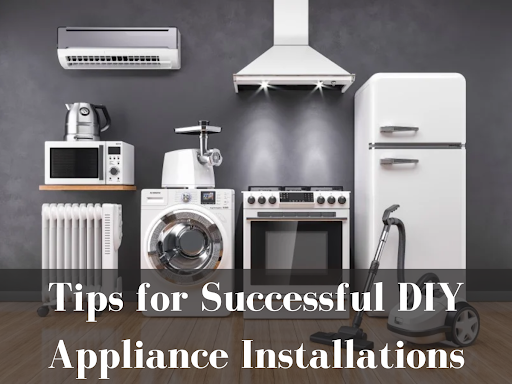
Although it can be a pleasant and economical project, installing new equipment in your home is not without its difficulties. Effective planning and execution are essential for any DIY appliance installation, be it a new dishwasher for your kitchen or a washing machine for the laundry room. We’ll go over crucial advice in this in-depth guide to make sure your do-it-yourself appliance installation goes smoothly and successfully, saving you money and giving you the satisfaction of a job well done.
Read the Manuals

Read the manufacturer’s appliance manuals carefully before starting any do-it-yourself appliance installation endeavour. Manuals include important details on safety precautions, installation specifications, and troubleshooting advice. Comprehending these guidelines is essential for an effective installation. The majority of manufacturers offer digital copies of their manuals on their websites in case you’ve misplaced it.
Check Compatibility

Make sure the new appliance works with the utilities and space you currently have. Measure the appliance’s dimensions and compare them to the area allotted, making careful to account for any clearance needs. Verify that the voltage and power requirements correspond with the electrical system in your house. Make sure the new appliance fits the existing electrical and plumbing connections if you’re replacing an old one.
Gather the Right Tools
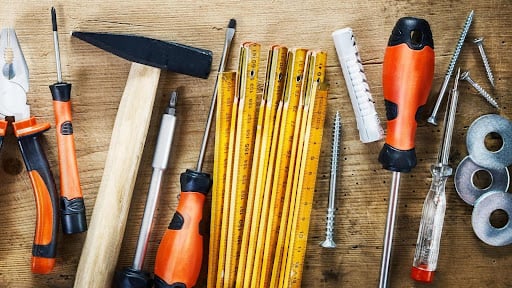
The right equipment are necessary for a DIY appliance installation to be effective. Power drills, screwdrivers, pliers, wrenches, and levels are frequently needed instruments during installations. You could also require specialised tools like an adjustable wrench, pipe wrench, or torque wrench, depending on the appliance. Always refer to the appliance handbook to find out which particular tools you’ll need for the installation.
Ensure a Stable Foundation
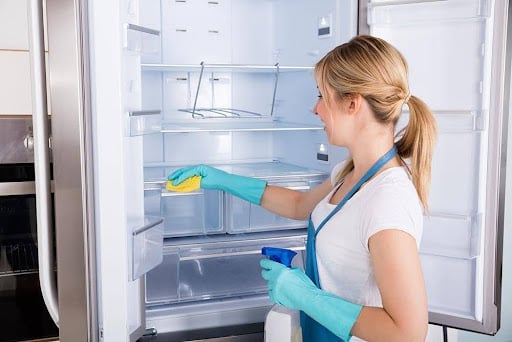
A level, firm base is essential for appliances such as dishwashers, dryers, and washing machines. To make sure the appliance rests evenly on the floor, use a level. Consider using shims to level the appliance if the floor is uneven. In addition to guaranteeing correct operation, a sturdy base also eliminates needless vibrations and gradual wear and tear on the device.
Check and Prepare Utilities
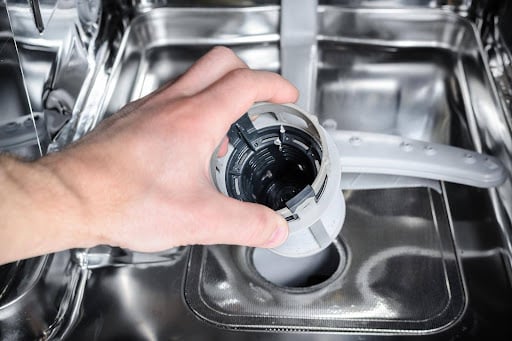
Turn off any applicable utilities, such as the gas, water, or electricity, before installing any appliances. Make sure the power supply is turned off at the circuit breaker for any electrical appliances. If you are installing gas appliances, shut off the gas supply and seek professional assistance if necessary. Before connecting any water-related appliances, turn off the water supply and let any pressure build up in the pipes.
Secure Proper Ventilation
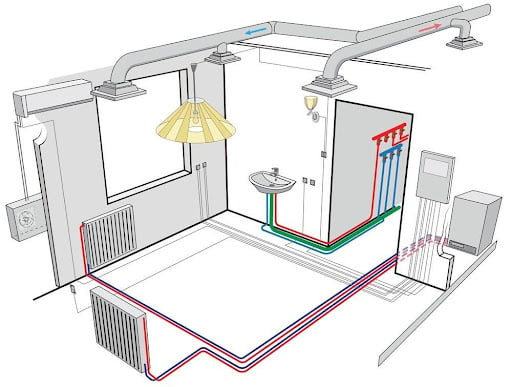
For safe functioning, appliances such as dryers, stoves, and ovens frequently need enough ventilation. Verify the ventilation requirements according to the manufacturer’s guidelines and make sure the appliance is positioned appropriately. This is especially crucial for gas appliances because it keeps potentially dangerous gases from building up.
Follow Manufacturer’s Guidelines

Appliance installation instructions are supplied by the manufacturer, and it is imperative that you carefully follow these instructions. Every device has different needs, and following the manufacturer’s recommendations too closely could void the warranty or jeopardise the operation and security of the appliance. If you run into any problems, consult the manual’s troubleshooting section or get in touch with the manufacturer.
Secure Heavy Appliances
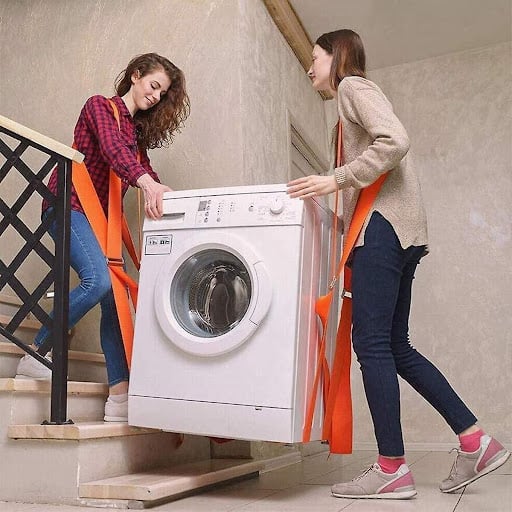
Make sure heavier and larger appliances, such as ovens, dishwashers, and refrigerators, are firmly fixed to avoid unintentional tipping or movement. As directed by the manufacturer, fasten the appliance to the floor or adjacent cabinets using the proper screws or brackets. This improves safety and guards against harm to the appliance and nearby structures.
Double-Check Connections
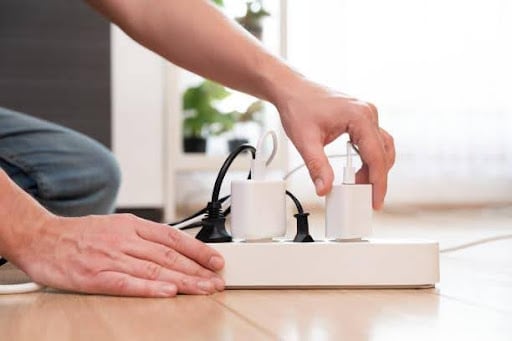
Before completing the installation, carefully inspect every connection. Make sure there are no frayed or exposed wires on electrical appliances and that all cables are firmly attached. Verify that all hoses are securely fastened and look for leaks in the plumbing connections. To find any leaking gas from gas appliances, do a leak test with a soap and water solution. To prevent future problems, take the time to verify every connection twice.
Test the Appliance
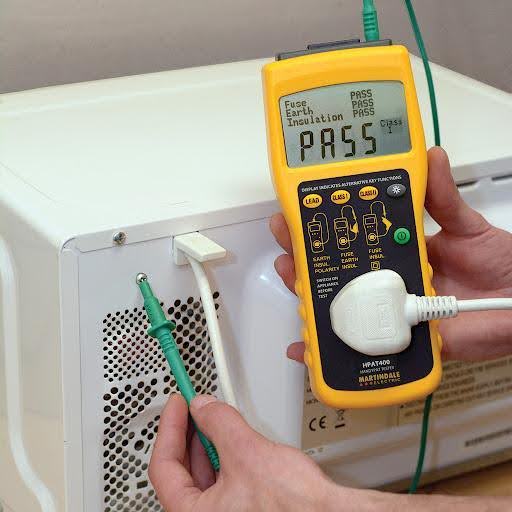
Make sure the appliance functions as planned by giving it a thorough test when the installation is finished. Look for any leaks, odd sounds, or malfunctions. For appliances like dishwashers and washing machines, run a brief cycle to ensure correct operation. To guarantee precise temperature control on stoves and ovens, test both the oven and each burner. Deal with any problems as soon as possible to avoid more difficulties.
Safety First

Throughout the DIY appliance installation procedure, put safety first. Never be afraid to ask for professional help if you run into any difficulties or questions. Tasks involving gas, plumbing and electricity demand a deep comprehension of safety procedures, and it’s critical to grasp your limitations. To protect your safety and the safety of your house, get advice from a qualified specialist if there is anything about the installation that you find uncomfortable.
Where to Find the Best DIY Appliance Repair Services?
Renowned for their expertise and reliability, Appliance Installation London offers comprehensive services for installing a wide range of appliances. Whether it’s fitting a new dishwasher, oven, or refrigerator, their skilled technicians ensure precise and efficient installations. With a commitment to quality craftsmanship and customer satisfaction, Appliance Installation London is a trusted choice for DIY enthusiasts seeking professional-grade results. And when it comes to washer repair and installation, Washer Repair London stands out for their prompt service and expertise. From fixing leaks to installing new washing machines, their team of specialists possesses the knowledge and tools to handle any job with precision. With a focus on affordability and convenience, Washer Repair London is the go-to option for DIY enthusiasts looking to tackle appliance installations efficiently and effectively.
Wrap It Up
Starting a do-it-yourself appliance installation job may be a rewarding experience that will help you save money and give you a sense of success. You can guarantee a successful installation that improves the functioning and efficiency of your appliances by paying close attention to the manufacturer’s instructions and implementing the advice provided here. Adding a new laundry machine or remodeling your kitchen are examples of effective do-it-yourself installations that not only improve your home’s efficiency but also increase its worth.
Interesting Related Article: “How to Pick the Best Appliances to Match Your Kitchen Design“









